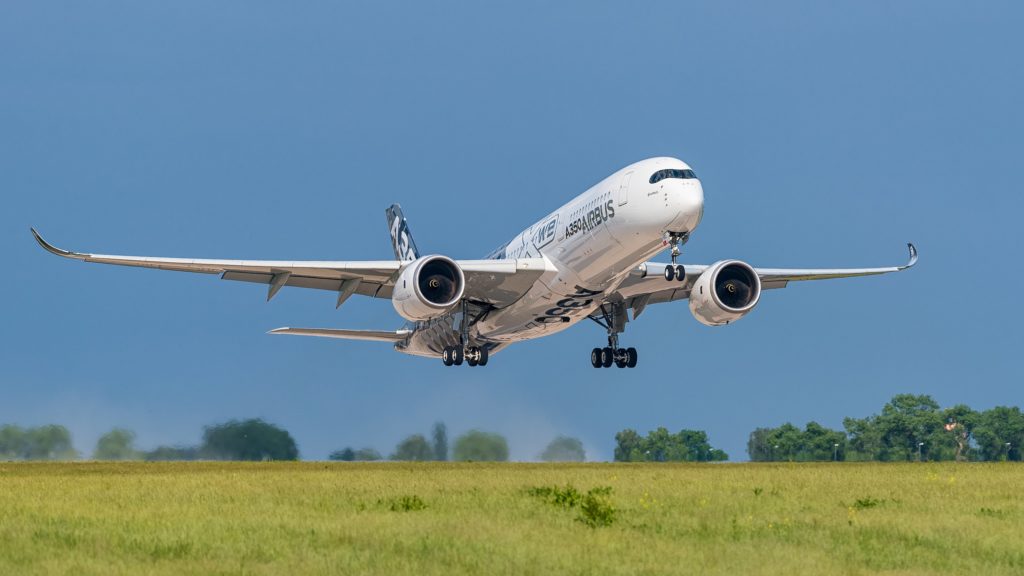On March 14, 1977, a woman with the flu climbed aboard a 737 and headed for Kodiak, Alaska, with 53 other passengers and crew. After an engine failed, most of them sat on the runway with the cabin doors shut, and the ventilation system off, for two hours. Within three days, 38 more people were sick.
More than four decades after state and federal epidemiologists showed how easily viruses spread from person to person on airplanes, the novel coronavirus has decimated global aviation. Daily passenger screenings are down 95 percent, according to the Transportation Security Administration.
Though there have been significant advances since the 1970s, and airlines spent weeks touting the safety of flying and their steps against the coronavirus, passenger cabins still pose a danger for the spread of infectious diseases, experts said.
It is a problem of biology, physics and pure proximity, with airflow, dirty surfaces and close contact with other travelers all at play.
Breakthroughs are possible, researchers said. Ultraviolet lights that promise to destroy viruses without hurting humans are being tested by Columbia University scientists, who say the lights would be effective in airplane cabins, airports, hospitals and schools.
“As we speak, there are 100 hairless mice being exposed for 15 months,” said David J. Brenner, director of Columbia’s Center for Radiological Research. The mice live under the lights eight hours a day and get eye and skin tests every couple of weeks, and after eight months the researchers have found no damage, “which is encouraging…”
To read the entire article from The Washington Post, click https://www.washingtonpost.com/local/trafficandcommuting/scientists-think-they-know-ways-to-combat-viruses-on-airplanes-theyre-too-late-for-this-pandemic/2020/04/20/83279318-76ab-11ea-87da-77a8136c1a6d_story.html
